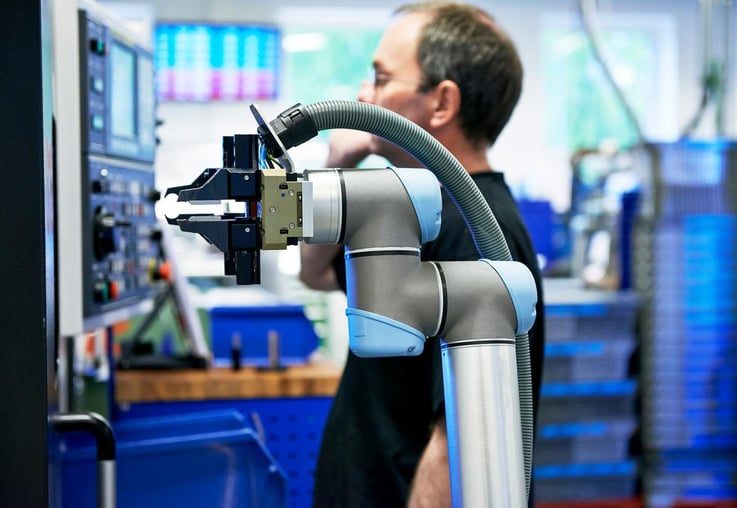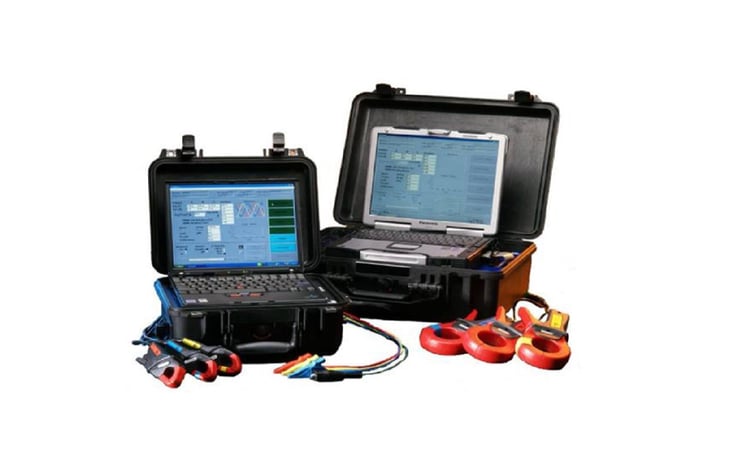Every product goes through a product life-cycle consisting of five phases. As a supply chain professional, how can you ensure you keep just enough inventory at every stage? Unfortunately, the duration an item spends at each stage is different for every product, as is the growth curve and total demand. Furthermore, a large number of products fail during the introduction phase and thus move directly to the phase-out aspect of the product lifespan.
When a product goes into the introduction phase, it should actually have been preceded by another phase. We call this phase zero, or the reflection phase. Does it make sense to introduce a particular product at all? For example, if you already have 380 deep groove ball bearings in your product range, does it make sense to consider launching no 381 to the market place? If we assume that it is indeed worthwhile, the first phase which we encounter is the introduction phase.
Introduction
From a supply chain perspective, there are only two relevant questions:
1) How much should we purchase with the initial purchase order?
2) And from which vendor should we buy these items?
Growth
Customers seem to like the product and thus, demand continues to grow. At this stage, ensuring availability is absolutely essential: out-of-stocks are disastrous. As a result, service levels are of greater importance than the optimisation of inventory or order transaction costs.
Maturity
From a logistics point of view, the maturity phase is the easiest phase to manage. Demand patterns are fairly stable resulting in simple forecasting models. The order quantity rules (often based on the EOQ) are fairly straightforward as they are determined by the system parameters. However, parameters need to be adjusted in order to prevent the batch sizes and re-order levels from being too large. In other words, if we do nothing, we will continue to build up excess inventory.
Decline
Demand is in decline and we have to intervene again. However, this time it’s a little more complex. The key question now is: should we continue placing purchase orders? Optimisation of order quantities, safety stock and service levels is now of secondary importance to managing the risk of obsolescence. Being Left with excess stock is expensive and as a result it’s important to forecast the remaining demand in the last part of the life-cycle.
Want to Know More About Inventory Planning?
Let us help reach your inventory planning goals to get the right stock at the right place and at the right time. To learn more, please visit https://www.slimstock.com/sg/ for more information or contact Erik at e.dewitte@slimstock.com.
 Headquartered in The Netherlands, Slimstock is the leading inventory optimization specialist globally since 1993 and entered the South East Asia market in 2016. Supporting over 1000 companies across a diverse range of industries, covering large, medium and small enterprises, Slimstock's forecasting and demand planning solution (Slim4) is designed to ensure companies get the right stock at the right place and at the right time. It also helps companies strike a balance between working capital, operational costs and the optimal service level.
Headquartered in The Netherlands, Slimstock is the leading inventory optimization specialist globally since 1993 and entered the South East Asia market in 2016. Supporting over 1000 companies across a diverse range of industries, covering large, medium and small enterprises, Slimstock's forecasting and demand planning solution (Slim4) is designed to ensure companies get the right stock at the right place and at the right time. It also helps companies strike a balance between working capital, operational costs and the optimal service level.






